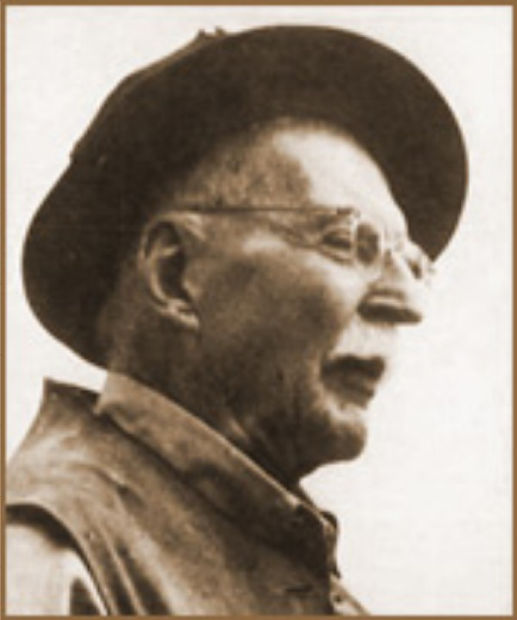During World War II, the steep, twisting old Hawaiian trail that wound upwards through dense forests to the Kalalau Lookout in Koke‘e was replaced by a dirt and gravel Army road that made the lookout available to automobile traffic.
During World War II, the steep, twisting old Hawaiian trail that wound upwards through dense forests to the Kalalau Lookout in Koke‘e was replaced by a dirt and gravel Army road that made the lookout available to automobile traffic.
Then, in 1947, the Territorial Board of Agriculture and Forestry regraded the Army road, covered it with macadam and built a parking area at the end of the road with an arched gateway and a sign marking the way to the Kalalau Lookout just ahead.
At the lookout itself — which was previously just a small clearing in the forest — the board constructed a park fitted out as a picnic area with tables and benches. The tabletops were made of lehua, with legs fashioned of sugi pine (Japanese cedar).
Two grills and a play swing for kids were also furnished and a safety railing of juniper and sugi pine was built along the brink of the precipice.
Opening ceremonies held at the park on Jan. 30, 1947, featured kama‘aina Eric Knudsen (1872-1957), who gave a talk on the historical and legendary background of the Koke‘e area.
Knudsen, a Kaua‘i rancher, hunter, lawyer and legislator who grew up speaking English and Hawaiian at Waiawa, near Kekaha, had blazed a trail to the summit of Mount Wai‘ale‘ale and knew the mountainous regions of Kaua‘i better than anyone in his day. His book, “Teller of Hawaiian Tales,” available at Kaua‘i public libraries, contains many of his charming stories of old Hawai‘i.
The Kaua‘i Board of Supervisors were represented by Chairman William Ellis and supervisors David K. Luke, Yutaka Hamamoto, Anthony C. Baptiste Jr. and George K. Watase.
During Ellis’ chairmanship, by the way, Kaua‘i government was marked by an unsurpassed degree of decorum and harmony.
Kaua‘i territorial senators Clem Gomes and J. B. Fernandes were present, as well as representatives George Aguiar, Matsuki Arashiro and Manuel S. Henriques.


